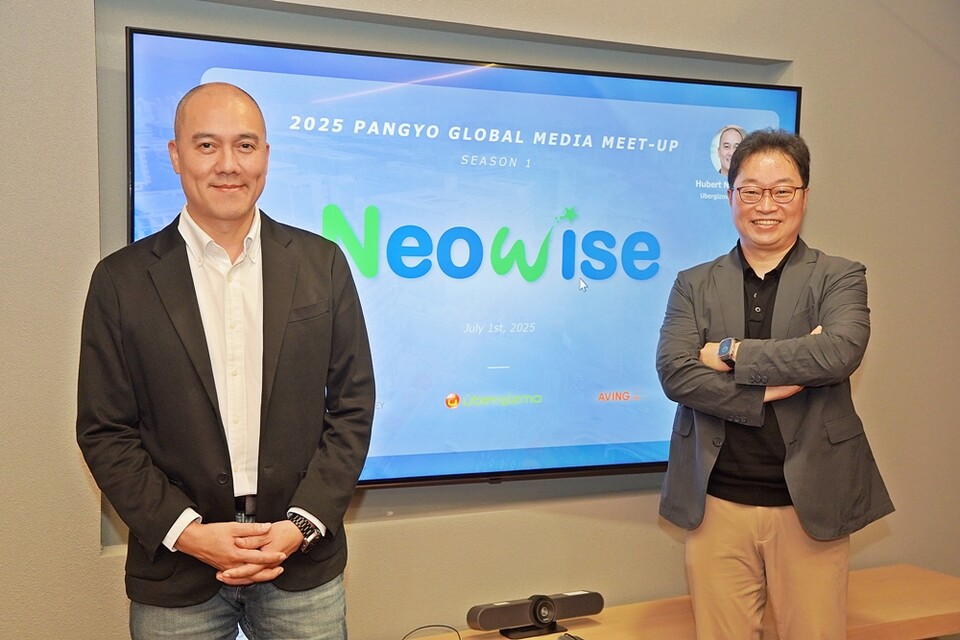
Every truly smart machine needs to perceive its surroundings, but today’s AI systems often rely on power-hungry hardware and constant cloud connections. That approach creates a gap between what’s technically possible and what’s practical for robots, autonomous vehicles, and other devices at the edge of the Internet of Things (IoT).
Under the banner of “Physical AI,” developers are pushing intelligence out of data centers and into sensors, cameras, and tiny modules—so machines can make split-second decisions without sending every frame back to the cloud. Traditional cloud-based inference can introduce latency, unpredictable costs, and privacy concerns, driving the shift toward on-device AI or Edge AI.
At the heart of this shift lies inference: the phase of deep learning where a trained model takes new inputs—images, video streams, sensor readings—and delivers real-time predictions. Unlike training, which demands vast data sets and heavy computation, inference is a streamlined “forward pass” that must happen fast and often with minimal power.
Edge inference enables a delivery drone to detect obstacles on the fly, a factory camera to spot defects instantly, or a subway safety system to trigger alerts in milliseconds, without waiting on round-trip network delays (latency).
NeoVision, called the “Brain of Things” by Neowise, is designed to bridge this gap. Rather than adapting generic foundation models, Neowise develops its own inference engines from the ground up. By tailoring each neural network and software stack, NeoVision squeezes maximum performance into tiny footprints. The goal is clear: run sophisticated vision tasks on minimal hardware so that even battery-powered devices can operate and large fleets of vision-capable systems can be deployed without onerous infrastructure costs.
To achieve its power-saving ambitions, NeoVision taps two frontier technologies. First, Silicon Photonics promises up to 100× greater energy efficiency than conventional silicon chips by transmitting data as light, not electrons. Second, Quantum Computing techniques aim to accelerate key operations at fractions of today’s power budgets.
Although both fields are still maturing, Neowise believes this twin-track investment will ultimately slash inference-chip power consumption by roughly 35× compared to GPU-style hardware—and drive total system costs down by nearly two-thirds versus legacy solutions.
Until recently, systems leaned on GPUs tethered to cloud servers for heavy lifting. Companies struggled with 200-watt modules and 350-watt server racks—or faced the trade-off of lower-precision models that missed subtle defects or hazards. Today’s interim fixes include hybrid architectures that split workloads between the edge and data center, but they still add complexity and cost.
By contrast, NeoVision’s all-in-one chip-and-software solution keeps both inference and occasional model updates on the device itself, cutting latency to microseconds and eliminating recurring cloud fees.
Neowise, founded on April 12, 2024 is led by Charlie Shin (CEO) alongside co-founders Ned Jo (CTO) and Rocky Son (COO). From its early years, the startup has racked up milestones—an MVP of active learning by November 2024, a cloud-NPU pilot by December, and partnerships for subway safety solutions in mid-2025. Its team combines deep expertise in AI, photonics, and robotics, backed by a growing patent portfolio and strategic agreements with sensor manufacturers and system integrators.

Neowise CEO Charlie Shin (right), Ubergizmo Co-founder Hubert Nguyen (left) | Photo by AVING News
NeoVision’s commercial strategy rests on four pillars. First, Neowise will license its proprietary data sets and foundational algorithms. Second, it offers critical functions—object detection, hazard warning, SLAM—through APIs or software subscriptions. Third, it is developing its own NPU chips, cloud platform, and universal SDK for seamless deployment.
Finally, it plans to enable NPU-driven camera and robot vision solutions so partners can build custom edge-AI systems without reinventing the stack. The vision is bold, but as today’s Physical AI wave accelerates, NeoVision aims to become the go-to “brain” for any device that needs to see and decide at the speed of light.
Filed in . Read more about AI (Artificial Intelligence), GPU (Graphics Processing Unit), Korea, Semiconductors and Startups.

